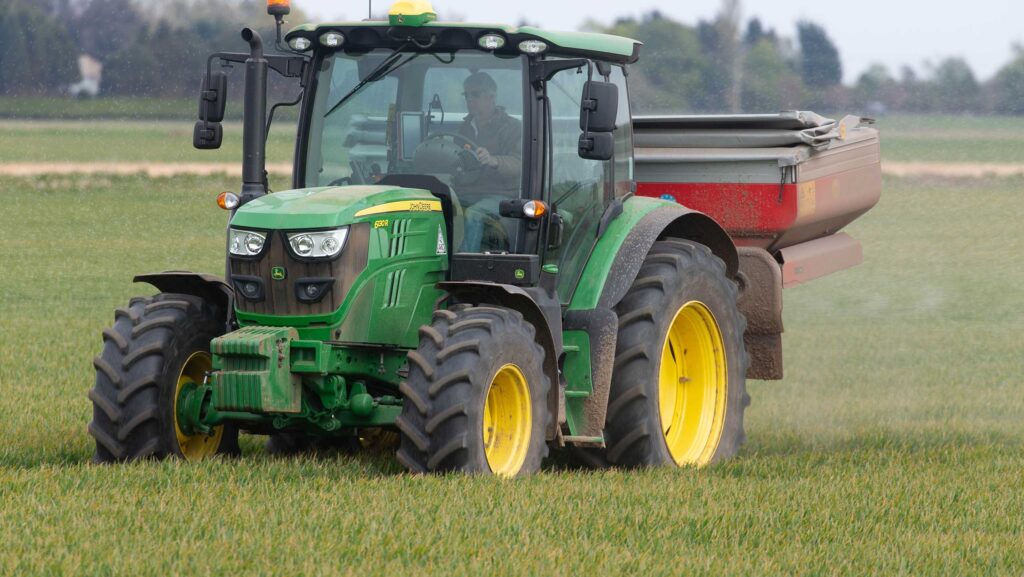Arable farmers hit hardest by rising input costs
 © Tim Scrivener
© Tim Scrivener Rising input costs have hit arable farmers hard over the past 12 months at a time when yields and output values have been under pressure, according to the latest AF AgInflation Index.
Analysis by the farmer-owned buying group shows that potato growers endured a 4.8% increase in input costs in the year to 30 September, while sugar beet growers’ costs were 3.97% higher, and cereal and oilseed producers paid 1.8% more for their inputs.
See also: High-power tractor demand slumps in 2025
These trends were driven by an 11% hike in the price of fertilisers, and a 6% jump in the cost of contract hire, while machinery, fuel and electricity were up around 3% each.
The increases were only partially offset by an 11% drop in the cost of crop protection products.
“While the crop inputs AgInflation figures seem quite modest, if you look at how much the value of crops such as wheat and sugar beet has decreased, the impact to farmers is profound,” said AF chief of agriculture John Barrett.
“From November 2024 to November 2025, feed wheat is down 7%, milling premiums are down 66%, feed barley is down 12%, and malting premiums are down roughly 50%.
“Sugar beet is also down 7.5% from last year, and a further 15% for the crop to be lifted next year.”
Mr Barrett does see some respite for the 2026 harvest, with seed costs down 15% and an uptick in the use of home-saved seed.
“Meanwhile, we’re forecasting a continuation of ag deflation in crop protection, aligned with a rise in the use of generics, where available,” he said.
“However, nitrogen fertiliser costs have risen by 18% since the start of the fertiliser season, putting up costs for wheat in 2026 by about £26/ha.”
Brighter picture
The picture is somewhat brighter for livestock and dairy farmers, with both sectors seeing a small drop in production costs over the past 12 months, while lower breeding stock numbers have underpinned output values.
In particular, the cost of animal feed and medicines dropped by 7.4% in the year to 30 September, reflecting the depressed nature of global grain markets.
“On the livestock inputs side, proteins and other straights have been at a six-year low,” said Alastair Nottage, AF livestock inputs procurement manager.
“There’s a slight upswing in protein prices coming through now, as the European Union Deforestation Regulation may take effect.
“With animal meds there are still savings to be had, although we’re seeing some prices starting to creep up.”
Meanwhile, fuel and oil prices have been lower in 2025, with reasons for “cautious optimism” for the year ahead, the group says.
But it also warns of steeper rises in electricity costs, as suppliers have to spend more on upgrading grid structure.
AF anticipates a 60%-130% increase in fixed charges in 2026, with a disproportionate impact on smaller and more seasonal electricity users.
